New Indian Army chief faces a daunting task: Maintaining combat efficiency in face of multiple challenges
The reality is that Delhi had forfeited the tactical advantage that the Indian Army had acquired at considerable cost, to ostensibly facilitate the negotiations with China. However, despite multiple rounds of talks, the PLA has not moved back from all the areas that it had intruded into along the LAC, writes Cmde C Uday Bhaskar (retd) for South Asia Monitor
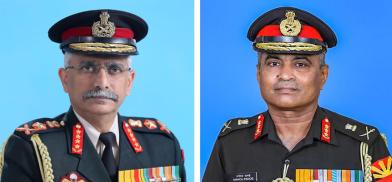
Indian Defence Minister Rajnath Singh addressed the biannual army commanders conference in Delhi on April 21 and his remarks provide some insights into the major structural challenges that confront the Indian army – the lead service of the Indian military. By extension, many of the issues referred to by the minister have relevance for the Indian military in general – and hence the deliberations at this conference will influence larger national security policies.
The size of the army is 1.2 million personnel and the other two services are much smaller in size. This asymmetry may be gauged from the fact that the army/air force/navy manpower ratio is in the order of 18:2:1. The Indian navy is the smallest service with about 70,000 officers and sailors combined.
This April conference is significant for the army and the military by way of the change of leadership, in that the current Indian Army chief General M.M. Naravane retires at the end of April and Lt. Gen Manoj Pande will take over command as COAS on May 1. Gen Pande will be the first combat engineer (sapper) to lead the Indian Army – for till now the chief has been from the infantry, cavalry (armoured corps) or artillery.
New CDS
The other appointment that is expected to be announced is that of the CDS (Chief of Defence Staff). After the tragic demise of General Bipin Rawat in a helicopter crash in December – the post lies vacant – and this has been a void in the management of India’s higher defence, given that Gen Rawat was spearheading the creation of India’s first integrated theatre commands. It is understood that Gen Naravane will be the second CDS but this is yet to be announced.
The defence minister while reviewing the prevailing global geo-political situation (Ukraine war) and the challenges to the army noted: “Unconventional and asymmetric warfare, including hybrid war, will be part of the future conventional wars. Cyber, information, communication, trade and finance have all become an inseparable part of future conflicts. This necessitates that Armed Forces will have to keep all these facets in consideration while planning and formulating strategies”.
A combination of challenges confront the higher defence team of the country and the major strands are: covid pandemic and its impact on the economy and hence funding for defence; the war in Ukraine and the disruptions this will cause to military supplies from Russia; the impact of the focus on indigenization – or ‘atmanirbharta’ on the combat capability of the army; and finally, the rise of China and its current intrusion along the LAC (Line of Actual Control) in the Ladakh region.
China factor
China, however, is not mentioned in the press release of April 21 but the minister made a tangential reference to the ‘northern borders’ which reads as: “Commenting on the current situation along the Northern borders, the (Minister) expressed full confidence that while troops are standing firm, the ongoing talks for peaceful resolution will continue and disengagement and de-escalation, is the way forward.”
The government has not issued any details about the post-Galwan situation along the contested section of the LAC that led to the death of Colonel Santosh Babu in June 2020. The country is being reassured that the matter is complex and contested but under control, though the stalemate continues.
The reality is that Delhi had forfeited the tactical advantage that the Indian Army had acquired at considerable cost, to ostensibly facilitate the negotiations with China. However, despite multiple rounds of talks, the PLA has not moved back from all the areas that it had intruded into along the LAC.
Consequently, the Indian Army is unable to patrol up to the claim line it did pre Galwan.
Military concerns
The critical factor for the army is to retain its combat capability at an optimum level in the face of the first three strands that were highlighted as structural challenges. The army needs a steady level of modernization and acquisition and the inadequacies were pointed out as far back as 2016. In May of that year, the Khanduri parliamentary committee cautioned: “We are concerned to note that the army is operating with large-scale vintage equipment. Furthermore, there is a deficiency in number of vehicles, small arms, infantry specialist weapons, sight and surveillance equipment, signal and communication equipment, radars and power equipment and generators, etc.”
Since the allocation of funds for the capital expenditure of the defence budget - which caters for acquisitions - has been slowly reducing, the Indian Army is forced to maintain its combat efficiency with an inventory base that is nearing obsolescence. It is not evident that this gap has been redressed.
This challenge of limited funding for new acquisitions and modernization of existing inventory is further compounded by the disruption in the supply chains from Russia. Spares and upgrades are critical for any army and Moscow has not been as reliable a supplier as it was in the past. The US-led sanctions against Russia over the Ukraine war will make these transactions even more difficult for India.
Related to this is the focus on indigenization. The minister noted that “in 2021-2022, in keeping with the Atamnirbhar Bharat, Rs 40,000 crores worth of contracts by the Army are being awarded to Indian Vendors, which is commendable”. While this effort is laudable, it should not lead to import by proxy ( meaning Indian vendors obtain the same equipment from foreign suppliers).
Finally, the holistic impact of all these challenges on the combat efficiency of the army needs to be assessed in an objective manner. Indigenization and reducing the import bill in defence procurement is desirable but this should not dilute combat capability beyond an acceptable level.
General Pande will have a daunting task ahead of him as he assumes command on May 1, 2022.
(The author is Director, SPS. Views are personal)





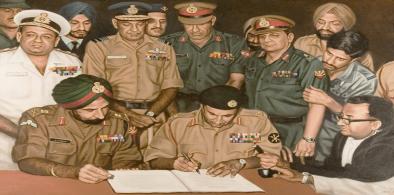

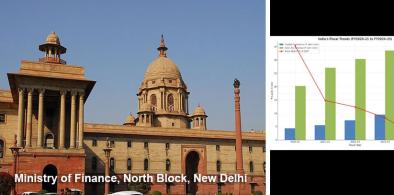
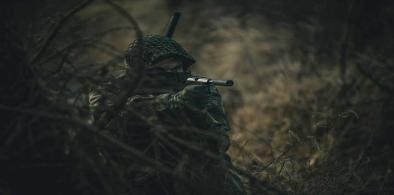
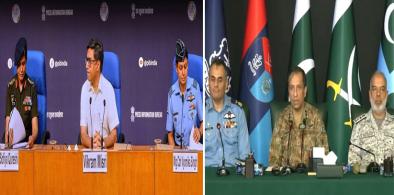
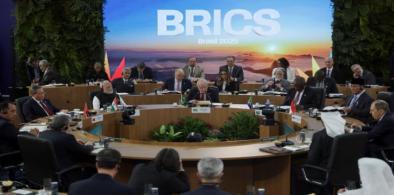
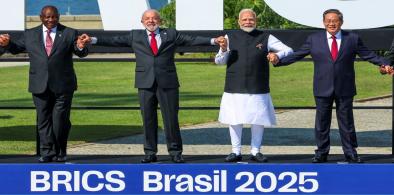
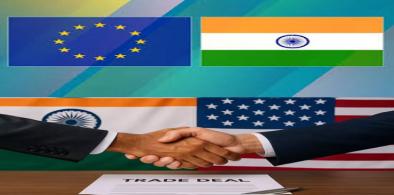







Post a Comment